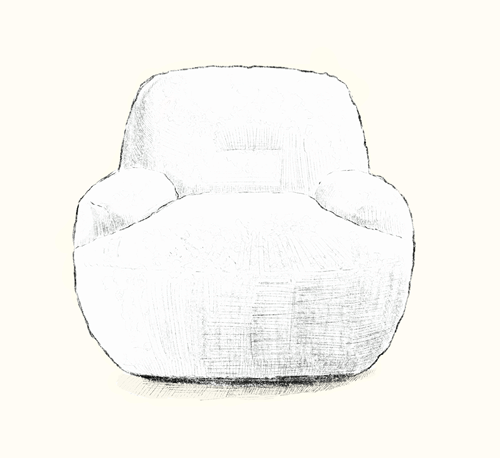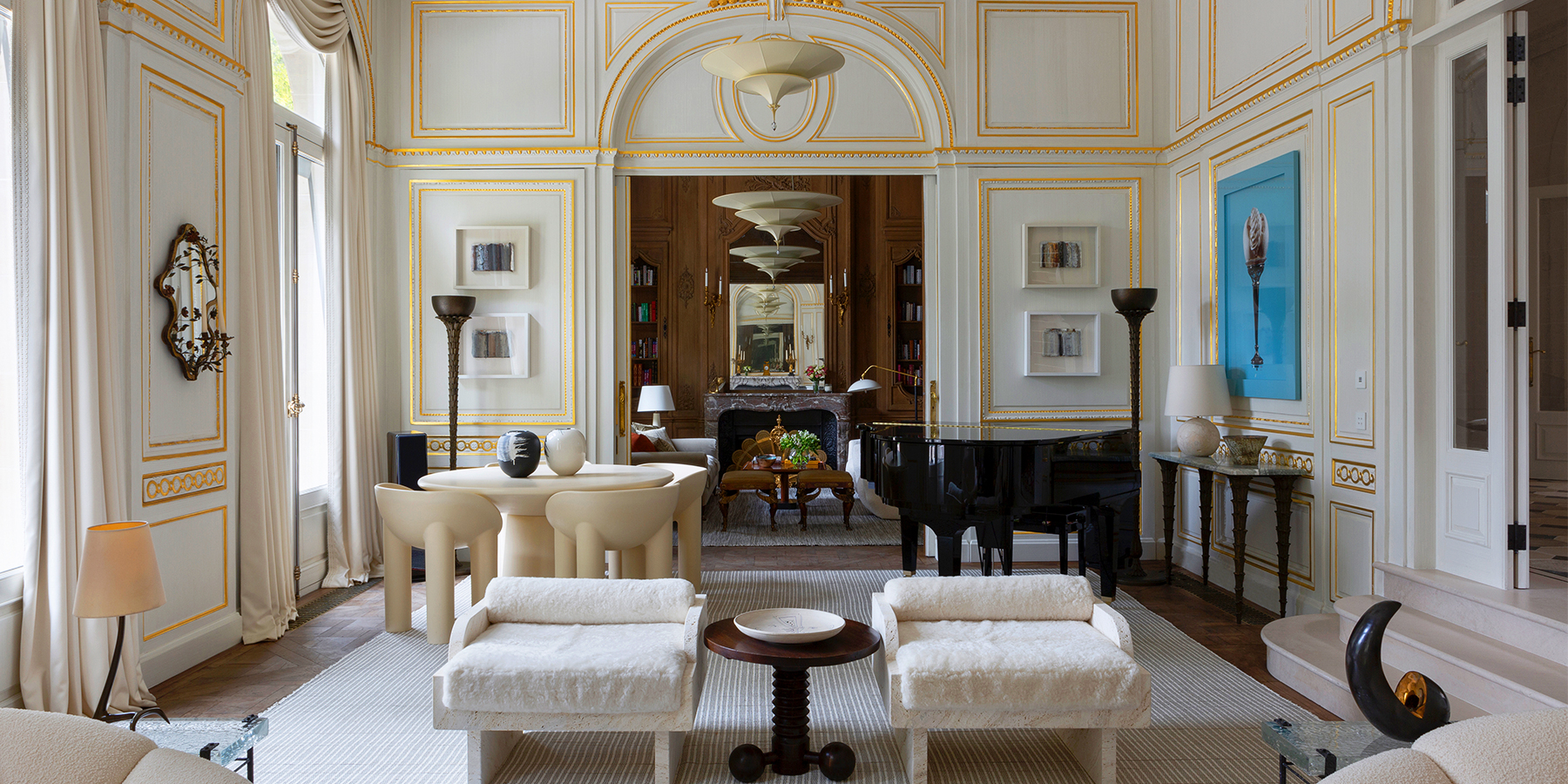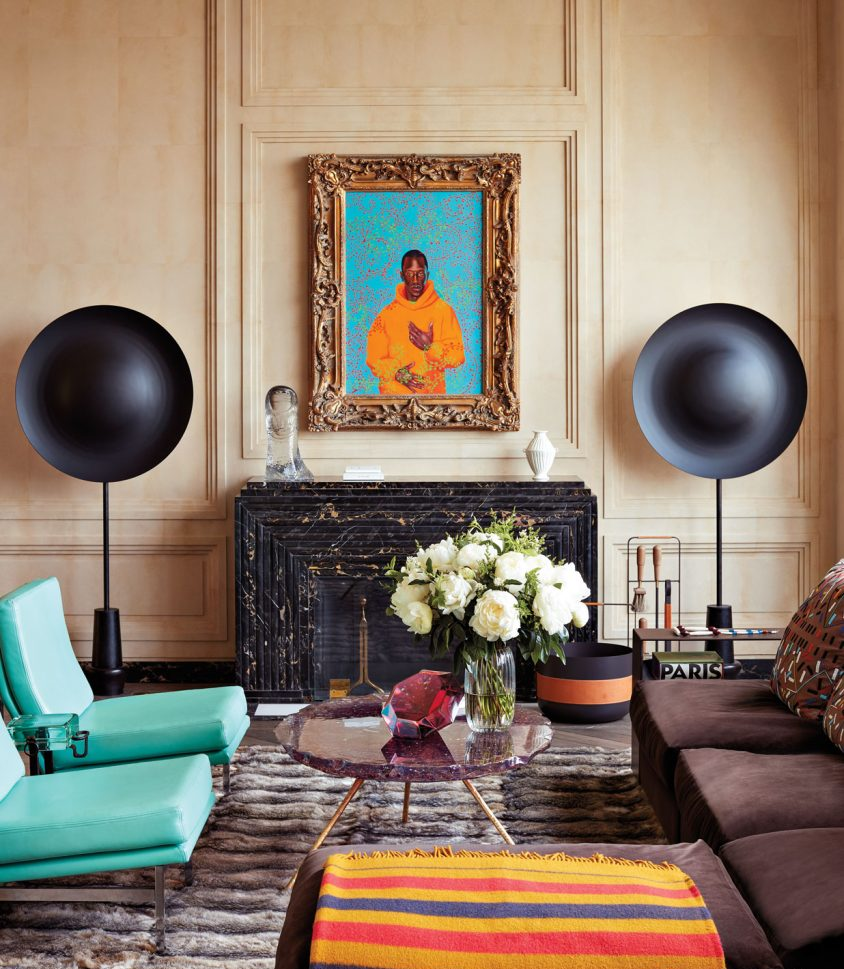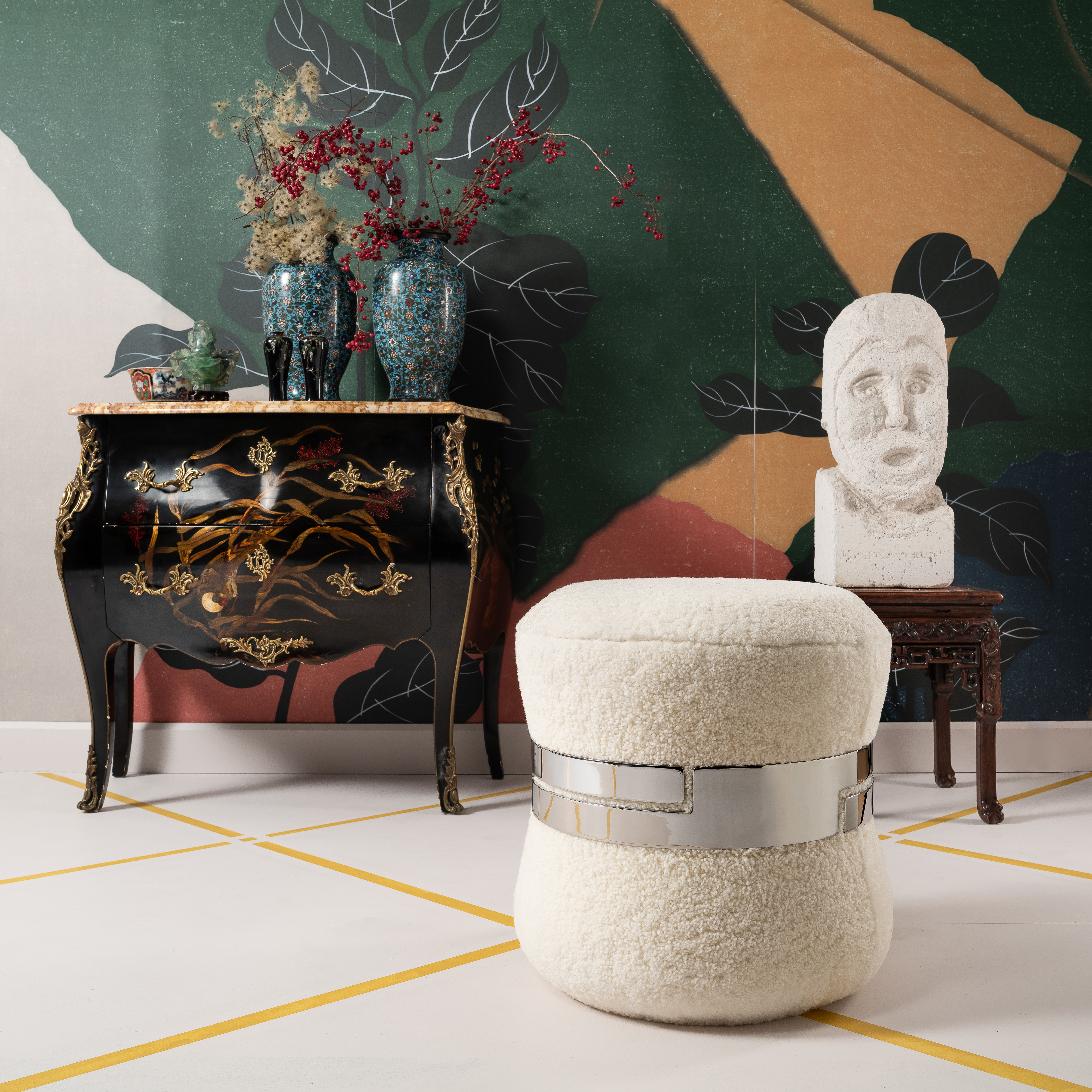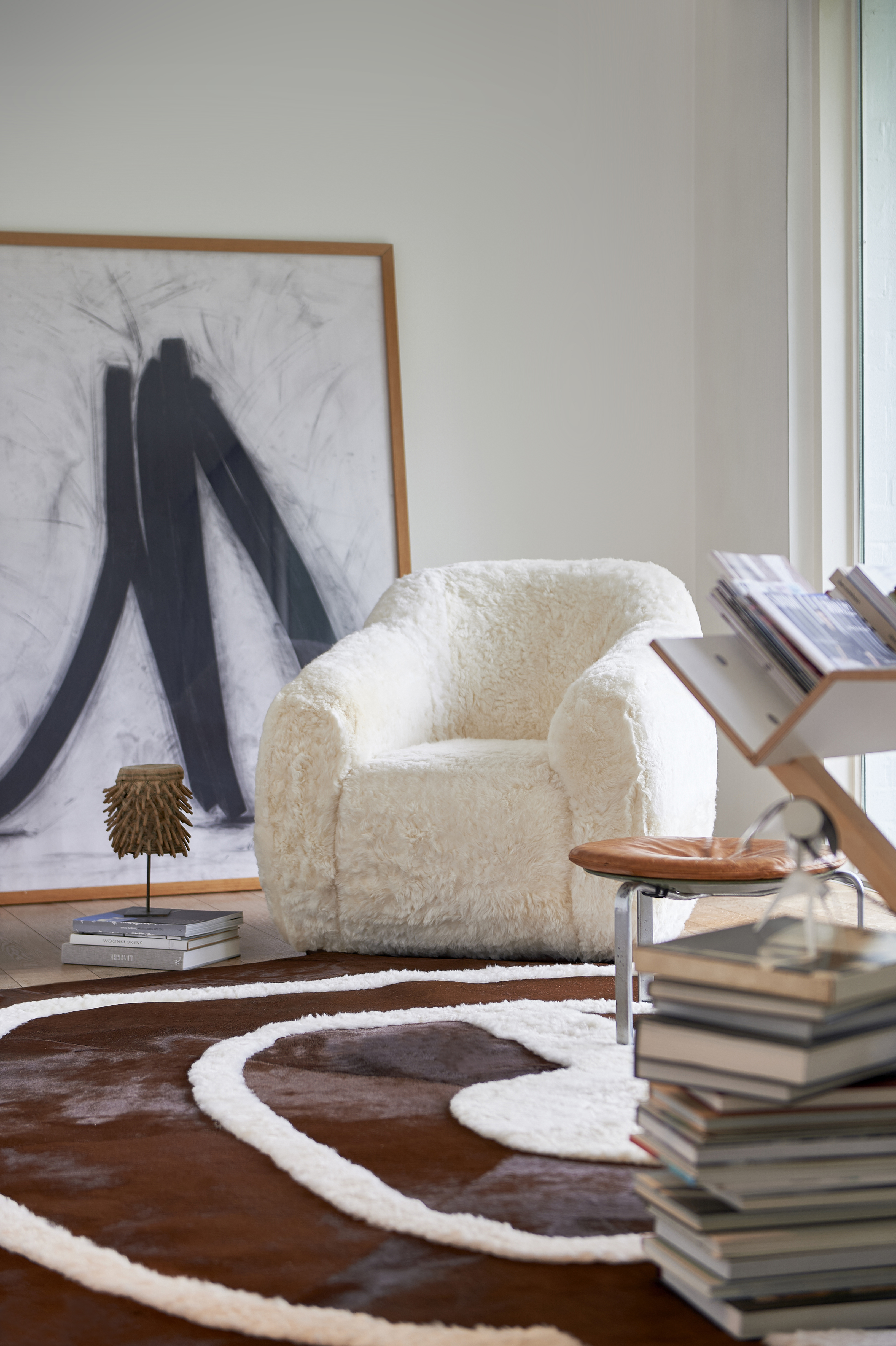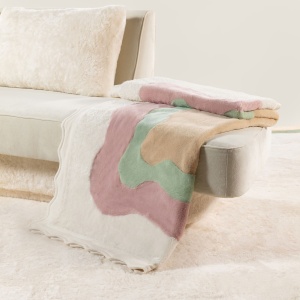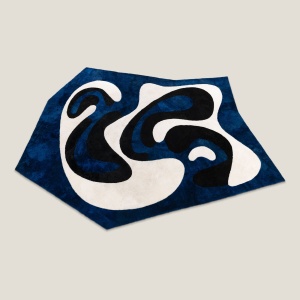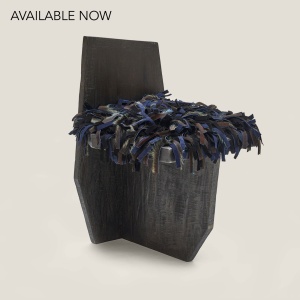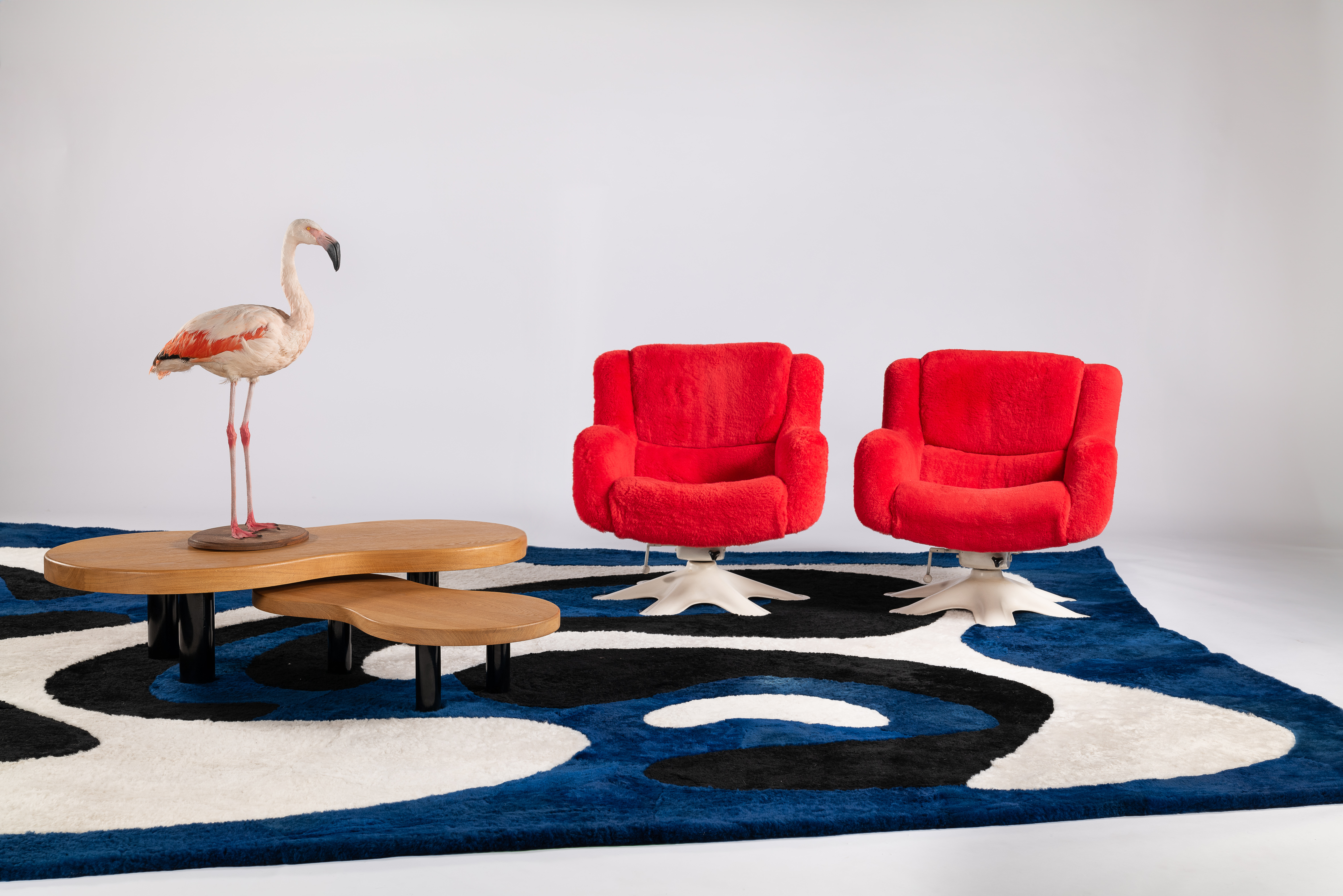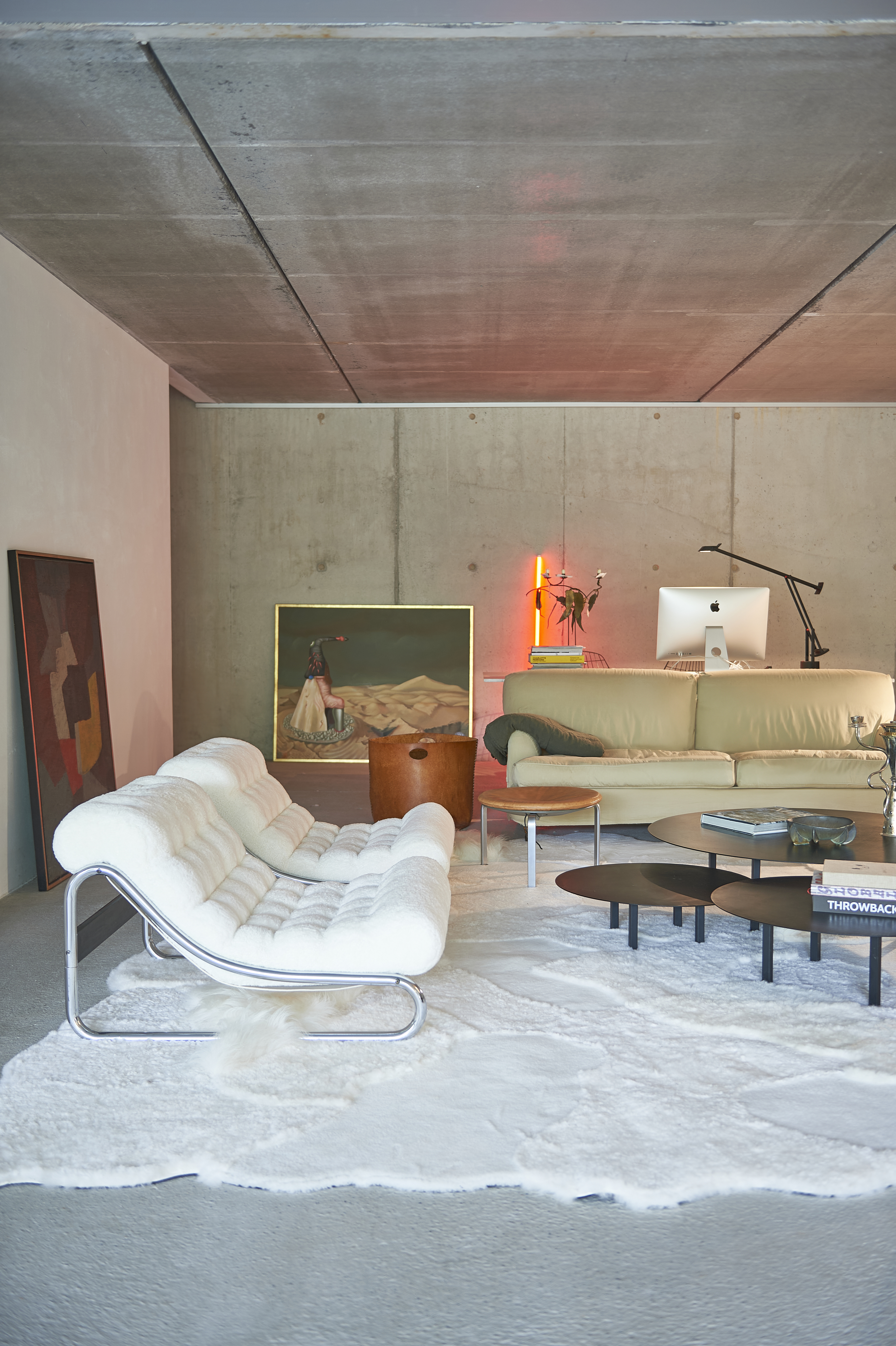Maximalist Lookbook | Art Deco & Maximalist Objects | An Eclectic Aesthetic
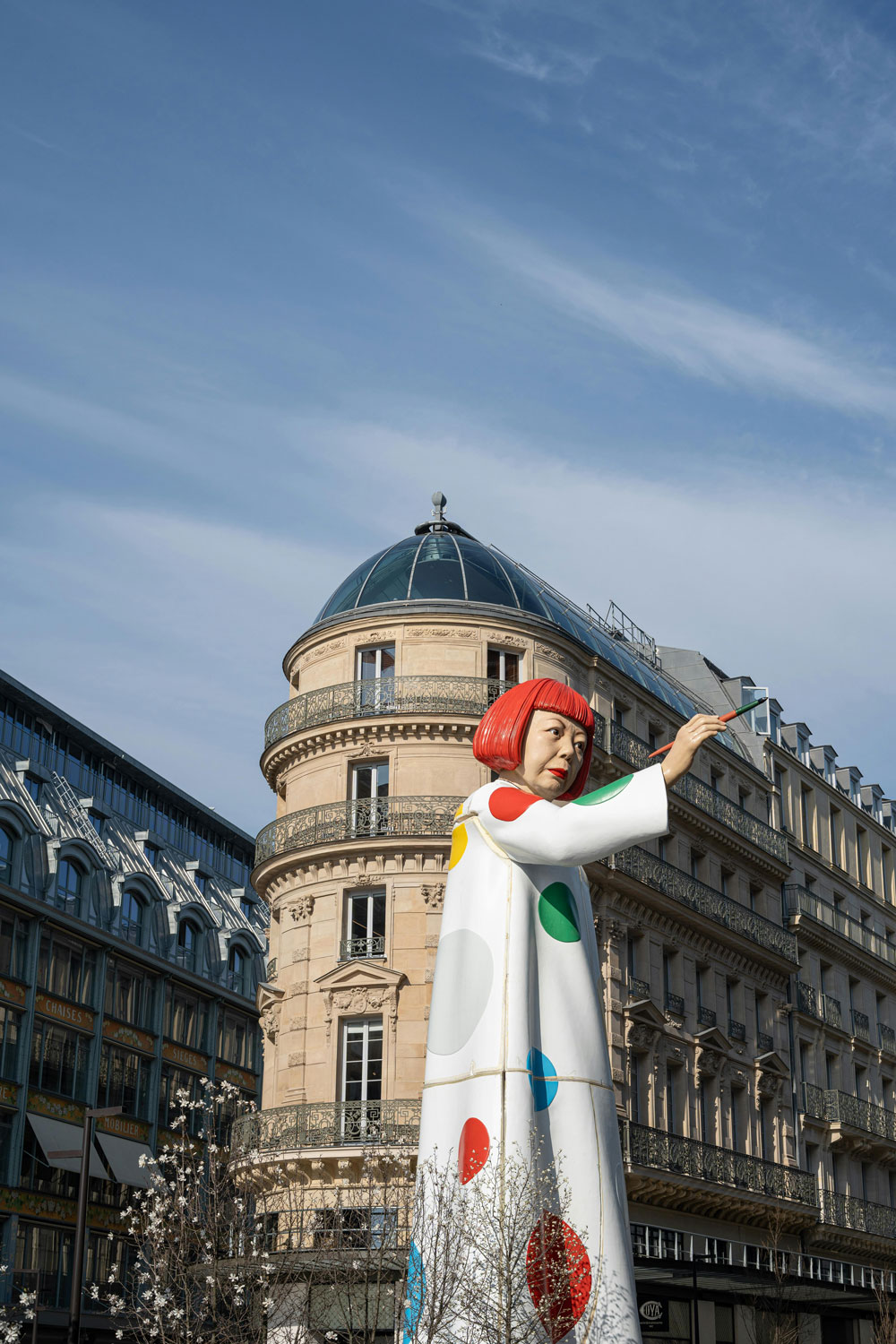
Maximalism: An Exploration of Art and Design in All Their Splendour
In a world where minimalism has long reigned supreme, a bold artistic and decorative movement is making a notable comeback: maximalism. This eclectic aesthetic, characterized by abundance, rich colours, and a multiplicity of patterns, is now asserting itself as a celebration of creative exuberance. Far from being mere clutter, maximalism is a sophisticated art that requires vision and mastery. Let’s dive into this fascinating universe where "more" becomes synonymous with "better."
The Foundations of Maximalist Art Deco: Origins of the Movement
Maximalism is not a recent phenomenon. While its name became popular as the antithesis of the minimalism of the 1960s-70s, its roots draw from various artistic traditions: Baroque opulence, Victorian exoticism, as well as the Arts & Crafts and Art Nouveau movements. The maximalist aesthetic had a golden age during the Art Deco period, when luxury and extravagance defined the avant-garde.
Today, contemporary maximalism revisits these historical influences while incorporating elements of pop art, kitsch, and cultures from around the world. It rejects austerity and embraces visual complexity as an expression of creative freedom.
The Essential Characteristics of Maximalist Art
Maximalist Art Deco is distinguished by several key elements that define its unique aesthetic. First and foremost, it relies on a controlled abundance, where the accumulation of objects and patterns creates a dense yet cohesive whole. Chromatic richness also plays a central role, with intense, contrasting, and often saturated colour palettes enhancing the visual impact. This style is also characterized by a bold mix of eras and influences, harmoniously juxtaposing disparate elements for an eclectic and sophisticated effect.
Attention to detail is essential: refined ornaments, precious finishes, and multiple texture combinations enrich each composition. Finally, maximalist Art Deco possesses a true narrative dimension, where each space or object tells a complex and deeply personal story, reflecting the uniqueness of those who adopt it.
Yayoi Kusama: Icon of Maximalist Art
It is impossible to discuss maximalism without mentioning Yayoi Kusama, the Japanese artist whose work perfectly embodies this aesthetic. Her immersive installations, such as the famous "Infinity Rooms," create entire universes where polka dot patterns repeat infinitely, submerging the viewer in a total sensory experience.
Kusama uses obsessive repetition, mirrors, and bright colours to create hypnotic works that perfectly illustrate the emotional power of "too much." Her work demonstrates that maximalism, far from being chaotic, can achieve a form of visual transcendence through structured accumulation.
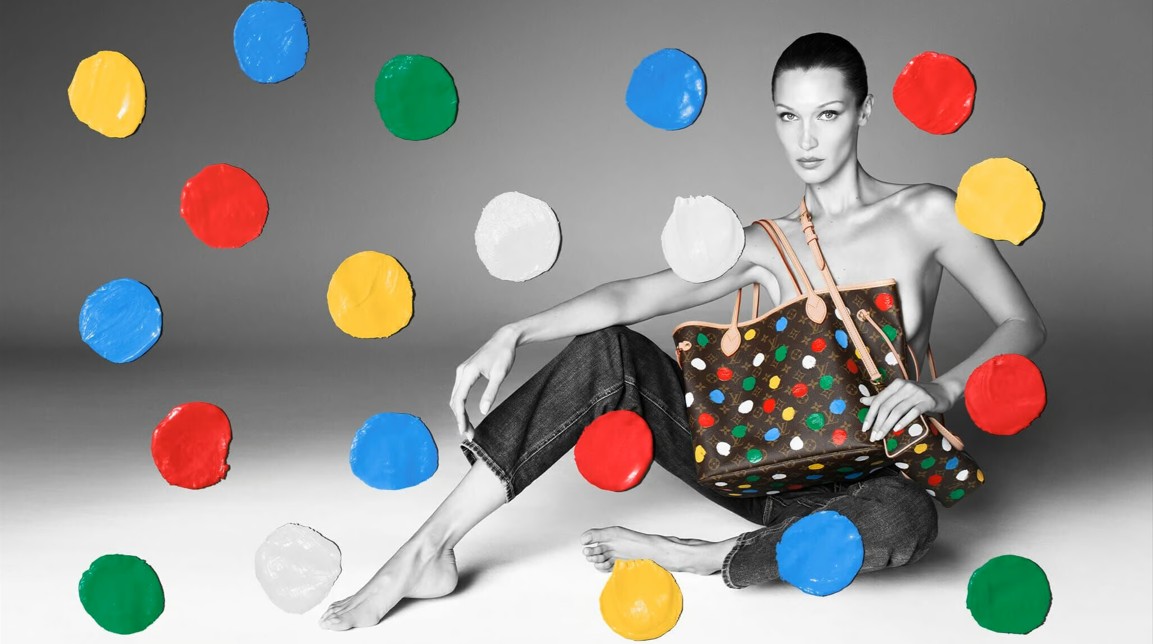
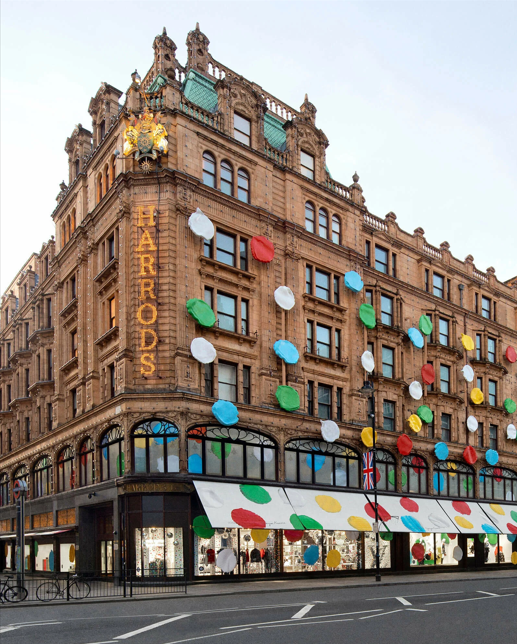
The Key Principles of Successful Maximalist Decoration: Layering Patterns and Textures
One of the joys of maximalism lies in its ability to bring together patterns that seem opposed. Stripes, floral prints, geometric shapes, and animal motifs can intertwine harmoniously, provided certain essential principles are followed. It is important to vary the scales of the patterns by alternating between large, medium, and small formats to avoid visual overload. Maintaining a coherent colour palette, despite the diversity of patterns, helps unify the whole and create a balanced atmosphere. The play of contrasts between textures, such as the association of smooth and rough or matte and glossy, adds richness and dimension to the space. Finally, the introduction of transition elements, such as intermediate shades or subtle patterns, helps visually connect the different components of the decor. This controlled layering creates a visual depth unique to the most accomplished maximalist interiors.
The Importance of Personal Narrative
Maximalism is deeply autobiographical. Unlike minimalism, which tends toward the universal, it celebrates individuality and personal history. Objects are not chosen solely for their aesthetic value but for their ability to tell a story, evoke a memory, or represent a passion.
This narrative dimension makes each maximalist creation a unique work, impossible to reproduce exactly. It is the authentic expression of a singular artistic sensibility.
Iconic Design Objects of the Maximalist Style
Certain objects have become emblematic of contemporary maximalist aesthetics, embodying both the audacity and exuberance of this style. Among the must-haves are oversized rugs with organic shapes, true works of art that immediately attract attention. Furniture with curved lines and precious finishes adds a touch of sophistication and sensuality, while ornate mirrors play with perspectives by visually enlarging the space. Throws with dense and narrative patterns dress interiors with character and depth. Finally, decorative objects rely on accumulation and repetition to create a theatrical and immersive effect. These carefully chosen pieces often serve as focal points around which an entire maximalist interior is built.
Norki: A Contemporary Maximalist Vision
A designer with growing renown, Norki has established himself as a key reference in multifaceted maximalist design. His work is characterized by a bold use of bright colours combined with sculptural forms that challenge conventions.
Norki’s creations play on contrasts between traditional materials and contemporary techniques. His objects tell complex stories, often inspired by art, the surrounding environment, and eclectic cultural references. Each piece thus becomes a universe in itself, an invitation to visual and tactile exploration.
Particularly remarkable are his rugs, which transform an interior into an immersive experience, and his decorative objects that blur the line between functional design and sculpture.
